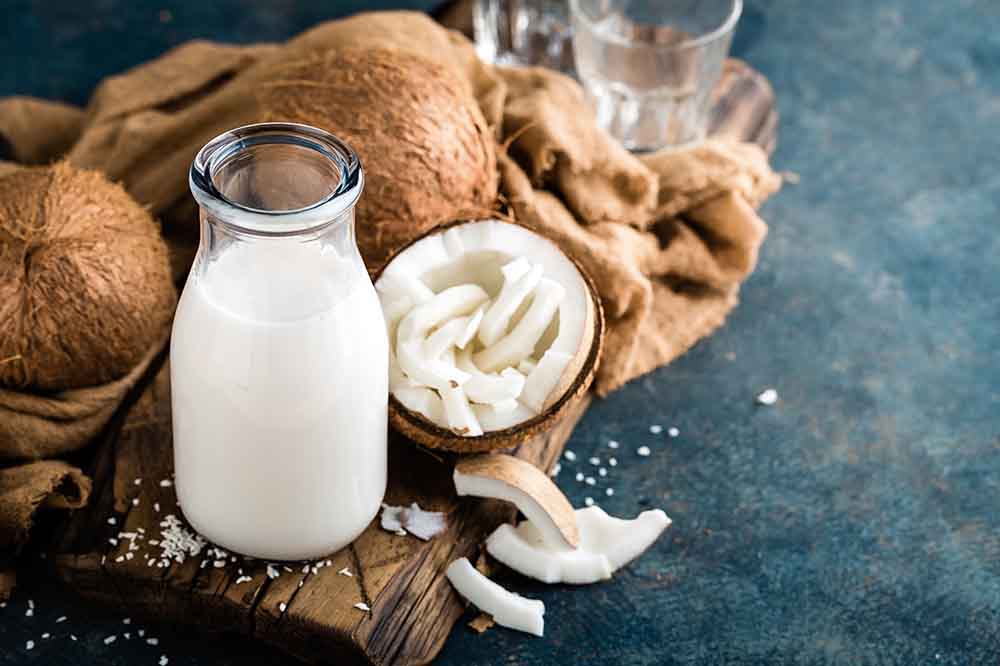Thai green curry is famous around the world as Thailand’s signature dish that combines local produce and region-specific aromatics for a delicious rich curry. Southeast Asia is dominated by curry. The use ginger, turmeric, and garlic in Thai cuisine is quite common. The name ‘curry’ is an Anglicised form of the Tamil word ‘kari’ and the first evidence of it goes back to about 2500 B.C. Curry dishes were spread throughout Southeast Asia, including Thailand, as settlers and traders arrived in India from as far away as Japan, China, Portugal, and France.
Thai’s equivalent of ‘curry’ is gaeng, which can alternatively be spelt as kang, gang or geng. It means ‘any wet savoury dish enhanced and thickened with paste’ in English. Similar to other Southeast Asian nations, Thailand boasts a wide variety of curries. The most frequently consumed curries in Thailand are massaman, panang, yellow, red, and green. Most Thai curry pastes share a common base of regional spices and ingredients, such as prawn paste (kapi or gapi), garlic, shallots, lemongrass, peppercorns, kaffir lime leaves and cumin seeds, but they differ in colour as per the chillies that are added to the mixture.

Most Thai curries use coconut milk as a main component, while some are made with water. The sour curry, which is made with a lot of seafood and prawn paste to flavour the broth, is the most popular water-based curry in Thailand. Ghee, or clarified butter, was swapped out for coconut milk in traditional Indian curries. It’s crucial for green curry because the sweetness of the coconut milk balances the dish by reducing the heat from the chillies.

Ingredients required to make Thai green curry
Add the following chopped ingredients in a small mixer-grinder or blender.
2 to 3 small Thai red chilies or bird’s eye chillies
1 green chili or 1 teaspoon chopped green chillies
½ cup coriander leaves (cilantro)
¼ cup chopped shallots or onions or pearl onions
1 inch galangal (ginger), peeled and roughly chopped
2 to 3 garlic cloves, small-sized, peeled and chopped
2 stalks of lemongrass, chopped
2 to 3 medium-sized kaffir lime leaves, torn
2 teaspoons coriander seeds
1 teaspoon cumin seeds
¼ teaspoon lemon zest
1 teaspoon soy sauce

How to make spicy Thai green curry
Step 1: First we prep the green curry paste by chopping the above ingredients and blending them in a blender or mixer. Without using any water, grind these materials into a semi-fine or fine paste. Just add a little water to the mixture if it is too dry and set the green curry paste aside. For making the paste, add three tablespoons of coconut milk instead of one teaspoon soy sauce (as an alternative).
Step 2: Clean and prepare all the vegetables required to be added in the curry. You can include vegetables of your choice and make sure they don’t turn get overcooked and turn into a mush.
Step 3: Heat two tablespoons of coconut oil or sesame oil in a pan in medium to low heat. Add the green curry paste to the pan and saute it for a minute or so till the raw smell goes away.
Step 4: Boil or saute the veggies separately till the paste is getting cooked, add the vegetables to the curry. Mix thoroughly after adding 2 cups of water. If you want a thicker curry, use less water, but make sure the vegetables are cooked in it.
Step 5: Add 1 cup of coconut milk and blend thoroughly. Add salt as per taste and you can add more coconut milk to get a thicker consistency. On low to medium heat, gently simmer the curry, keeping in mind not to boil the curry as it could cause the coconut milk to separate. After adding the coconut milk, allow the green curry to gently boil on a low to medium heat. Finally, toss in 2 teaspoons of finely chopped Thai basil leaves and turn the heat off.
Step 6: Thai green curry pairs well with plain cooked rice/lemongrass rice/plain jasmine rice, or steaming basmati rice, it also goes well with boiled noodles as well.
Thai green curry paste storage and freezing instructions
You can prepare extra batch of thai curry paste and make use of it for future meals. You can store for up to three days in a refrigerator with a tight seal. You can also defrost the curry in the refrigerator for up to three months, store it in a freezer-safe zip top bag or container.
Conclusion
The homemade Thai green curry paste used in this recipe can be readily modified by adding your preferred vegetables. It is best served with rice for a filling plant-based lunch that is hot, spicy, and fantastically saucy! In less than 30 minutes, it will be ready for a midweek lunch, but are you prepared for the heat?